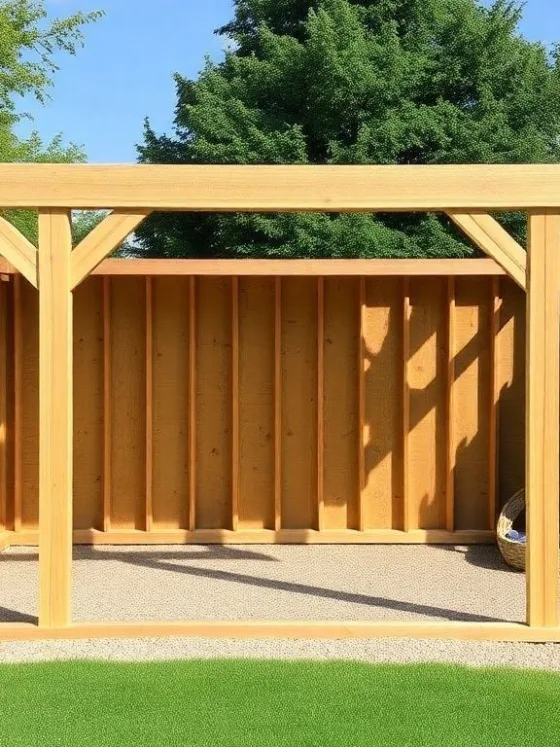Table of Contents Show
Block paving is a popular choice for driveways, patios, and pathways, thanks to its durability and aesthetic appeal. But before you can lay those beautiful blocks, you need to dig deep and create a solid foundation. In this article, we’ll explore the typical excavation depth for block paving and the steps involved in creating a sturdy base.
The Excavation Process
When it comes to block paving, the excavation depth is crucial for ensuring a long-lasting and stable surface. The general rule of thumb is to excavate 200-250 mm below the finished paving level. This depth allows for the following layers:
- Sub-base: 100-150 mm
- Sand bed: 40 mm
- Block or brick: 50 mm
By excavating to this depth, you create enough space for a solid sub-base, a sturdy sand bed, and the block or brick itself.
Creating the Foundation
Once the excavation is complete, it’s time to create a solid foundation for your block paving. There are a couple of methods you can use:
1. Concrete Foundations
One option is to create concrete foundations for your paving. This involves pouring a layer of concrete that comes up to 3 cm beneath the desired finished level. Here’s how you can do it:
- Mark the desired finished level using a string or marker.
- Create 10 cm concrete foundations, ensuring that they are level and slope away from any structures to allow for proper drainage.
- Sit the edging stones on top of the concrete foundations.
- Using a mallet, lightly hammer the edging stones down to the level of the string.
This method provides a solid and level foundation for your block paving, ensuring that it stays in place for years to come.
2. Cement and Ballast Mix
Another option is to create a concrete foundation using a mix of cement and ballast. Here’s how you can do it:
- Mix 1 part cement with 6 parts ballast.
- Create a concrete foundation that is 100 mm thick in depth.
- Ensure that the foundation is level and slopes away for proper drainage.
- Place the edging stones on top of the concrete foundation.
- Use a mallet to lightly hammer the edging stones down to the desired level.
This method offers a cost-effective alternative to using solely concrete foundations, while still providing a solid base for your block paving.
Conclusion
When it comes to block paving, a solid foundation is key to achieving a durable and visually appealing surface. By excavating to the appropriate depth and creating a sturdy base using either concrete foundations or a cement and ballast mix, you can ensure that your block paving stands the test of time.
So, the next time you embark on a block paving project, remember to dig deep and lay the groundwork for a stunning and long-lasting result!










